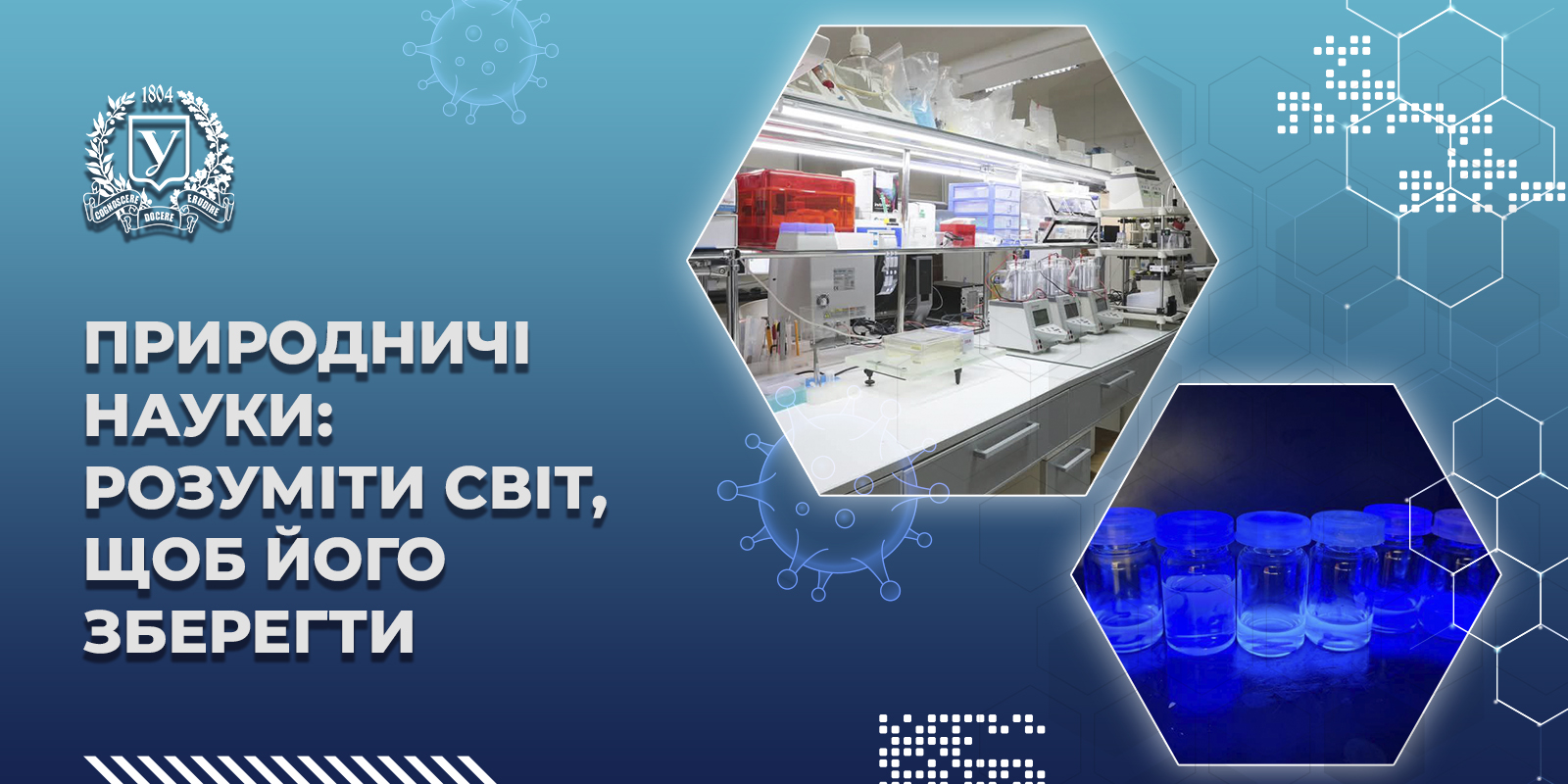Press Tour for Journalists: Karazin University Presented Its Museum Complex as a Center of Scientific and Cultural Life in Kharkiv
%20(1)%20(1).jpg)
On May 21, 2025, to mark Science Day in Ukraine and the International Museum Day, V. N. Karazin Kharkiv National University organized a press tour for media representatives. The event aimed to introduce journalists to the university’s museums, their activities, challenges, and development projects during wartime.
The Karazin University museums are not only collections of unique exhibits, but vibrant spaces of scientific, cultural, and educational dialogue between the university and the public — an integral part of the city’s ecosystem. In today’s Kharkiv, they play a particularly important role, remaining open to schoolchildren, students, local residents, and guests — everyone seeking a connection with the scientific and cultural heritage of the city. These museums preserve and pass on knowledge, foster critical thinking, and shape generations capable of reinterpreting the past and creating a new future. In the current context, they also serve a therapeutic role — as spaces for cultural leisure and socialization.
The Karazin University museum complex is a large and powerful institution that, despite the challenges of war, continues to operate and evolve. These museums remain open to the public and continue fulfilling their mission as key scientific and educational centers of the city. By engaging citizens in science and culture, the museums unite the efforts of educators, researchers, and residents to shape a new identity for Kharkiv — resilient, inclusive, and future-oriented.
Borys Samorodov, Vice-Rector for Academic Affairs, welcomed the journalists and noted:
“These used to be ordinary rooms, but over the course of 220 years of our history, we have transformed them into a museum complex comprising four museums: the Archaeological Museum, the Museum of Nature, the Museum of the History of the University, and the Astronomy Museum named after Academician Barabashov.
Our museum collections hold over 4 million items and are used daily for fundamental scientific research. Every day, we host meetings, social projects, and engage with visitors.
Our museums serve as spaces for uniting people and creating opportunities for meaningful interaction. I’d also like to highlight that all of these museums are active in scientific research, international programs, and grant projects — and today, you’ll see that for yourselves.”
As part of the press tour, participants visited three key educational and scientific centers of the university:
-
The Archaeological Museum, where they learned about the preservation of exhibits and archaeological research conducted during wartime;
-
The Astronomy Museum named after M. Barabashov, which showcased the history of astronomy in Kharkiv, Karazin University’s contributions to the field, and efforts to popularize astronomy among youth;
-
The Museum of Nature, which presented its zoological collections and shared its experience in adapting exhibitions to wartime conditions. Visitors also discovered the process of creating new exhibits in collaboration with Kharkiv Zoo.
During the event, journalists had the opportunity to talk with museum staff and student volunteers, view new exhibits and those in preparation, and learn more about how museum operations are being transformed under extraordinary circumstances.
The media representatives left convinced that the Karazin University museum complex remains a dynamic and vital center of Kharkiv’s cultural life, preserving heritage while also helping to forge a new urban identity — resilient, open, and future-focused.



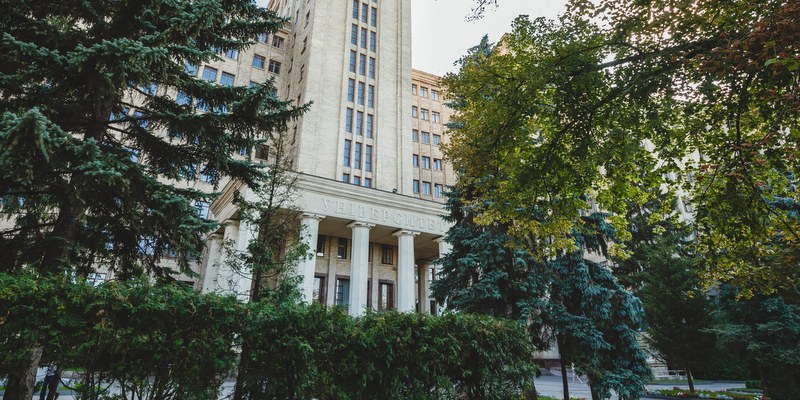
.jpg)
.png)
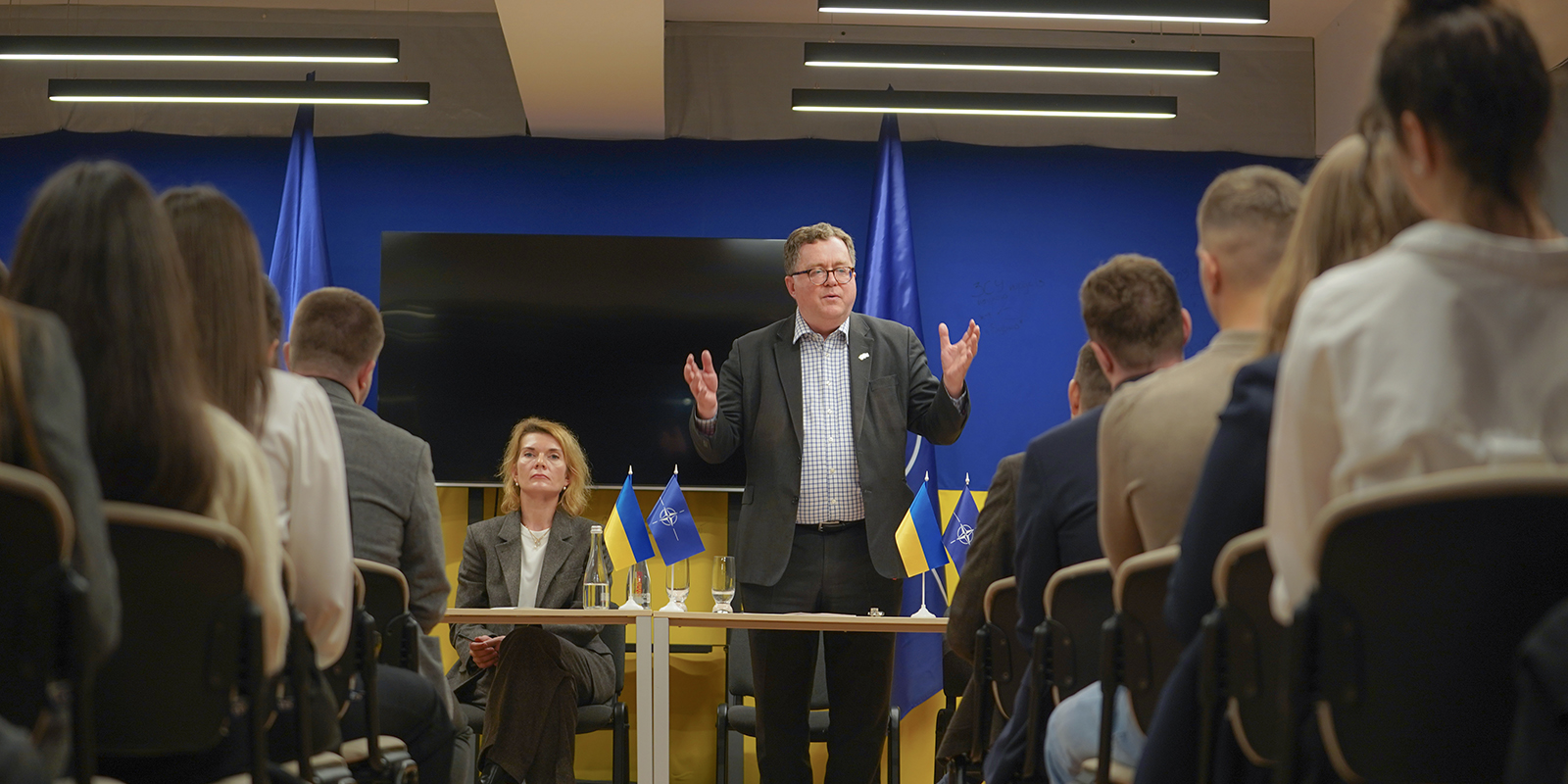
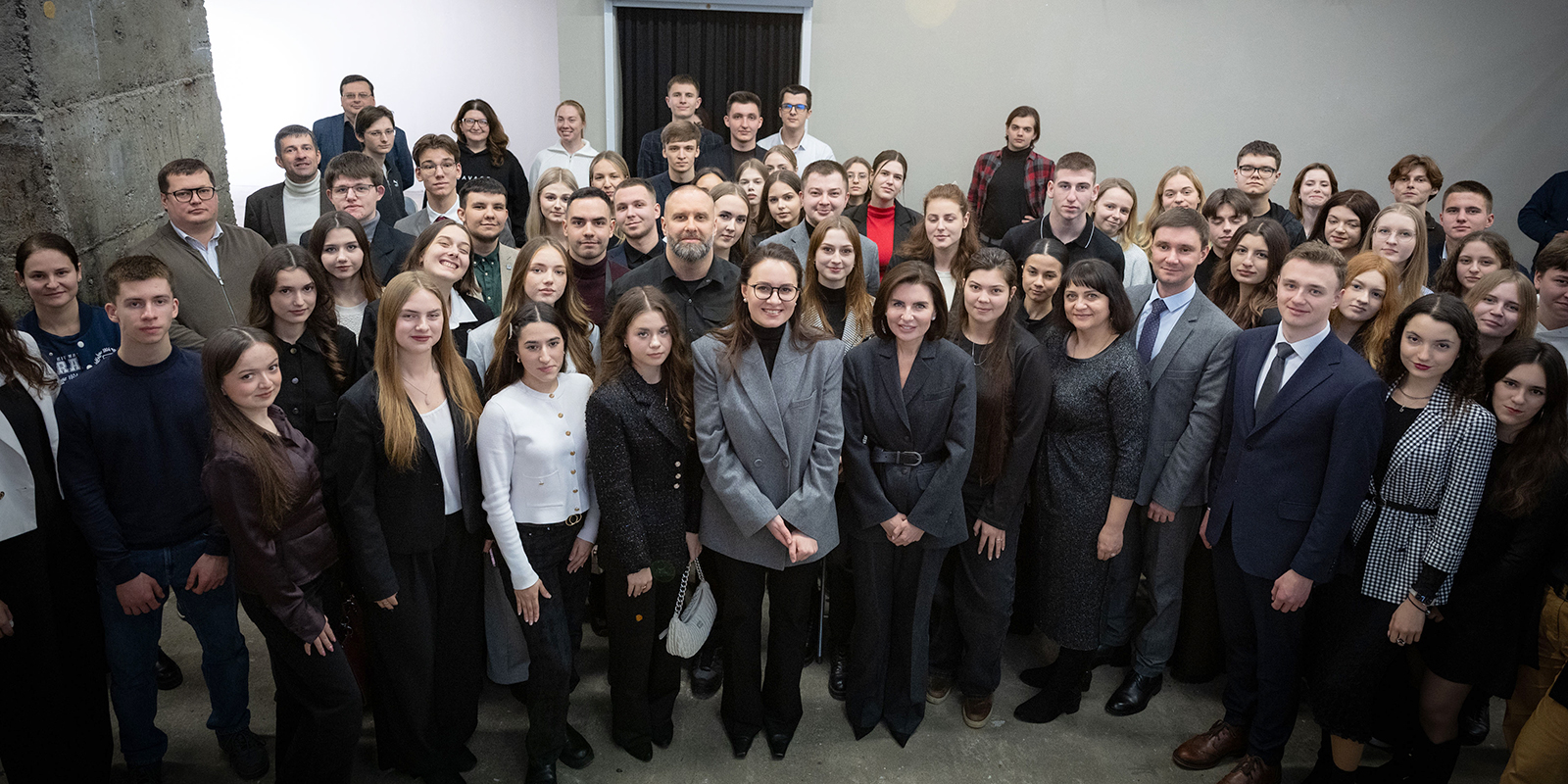


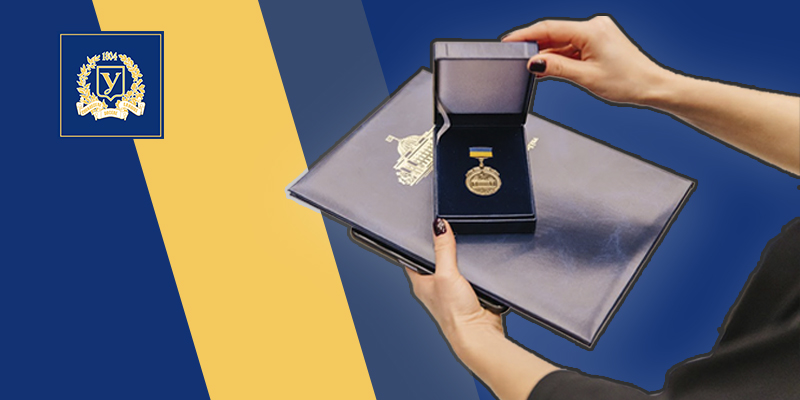
%20(1).jpg)
